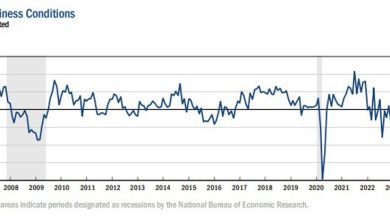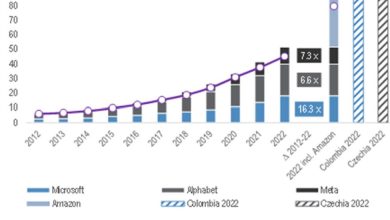Monetary Authority of Singapore expected to keep policy unchanged at meeting this week

This preview via Mizuko, I summarized it:
The arguments in favor of maintaining the MAS are convincing
- reflecting opposing and largely offsetting changes in the underlying dynamics of growth and inflation
- Persistent inflation with a recent pick-up is impractical, but a lot of work to control inflation has been done from the start.
- higher inflation of non-tradable goods (than tradable goods), which reduces the need to (over)tighten
The rhetoric should also remain substantially unchanged
- that is to say fairly balanced, without giving in to the restrictions in force
—
Note that the key tool of MAS monetary policy is its exchange rate policy. It adjusts its dollar exchange rate (SGD) instead of changing domestic interest rates like most other economies.
It manages the SGD exchange rate against a basket of currencies of Singapore’s major trading partners.
- sets the trajectory of the policy band of the nominal effective exchange rate of the Singapore dollar (S$NEER)
- this serves to strengthen or weaken the local currency relative to those of its main trading partners
S$NEER is a combined index composed of bilateral exchange rates between Singapore and its major trading partners.
- is an exchange rate weighted by trade
MAS allows S$NEER to move up and down within the policy range (exact levels are not disclosed). If it moves out of this band, the MAS intervenes by buying or selling Singapore dollars.
The policy range has three parameters that the MAS can adjust:
- slope, level and width
- the slope adjustment will influence the rate at which the Singapore dollar strengthens or weakens
- adjusting the level, or midpoint, of the policy range allows for an immediate strengthening or weakening of the S$NEER,
- widening policy range allows for greater S$NEER volatility
- these are the parameters that are examined
The MAS unexpectedly announced in October 2023 that it would move to quarterly meetings to assess monetary settings starting in 2024. It only met twice a year, in April and October (but could, and did, meet from time to time, more often). , if conditions demanded an immediate change in parameters, such as in 2022, when high inflation triggered two off-cycle moves).
cnbctv18-forexlive





